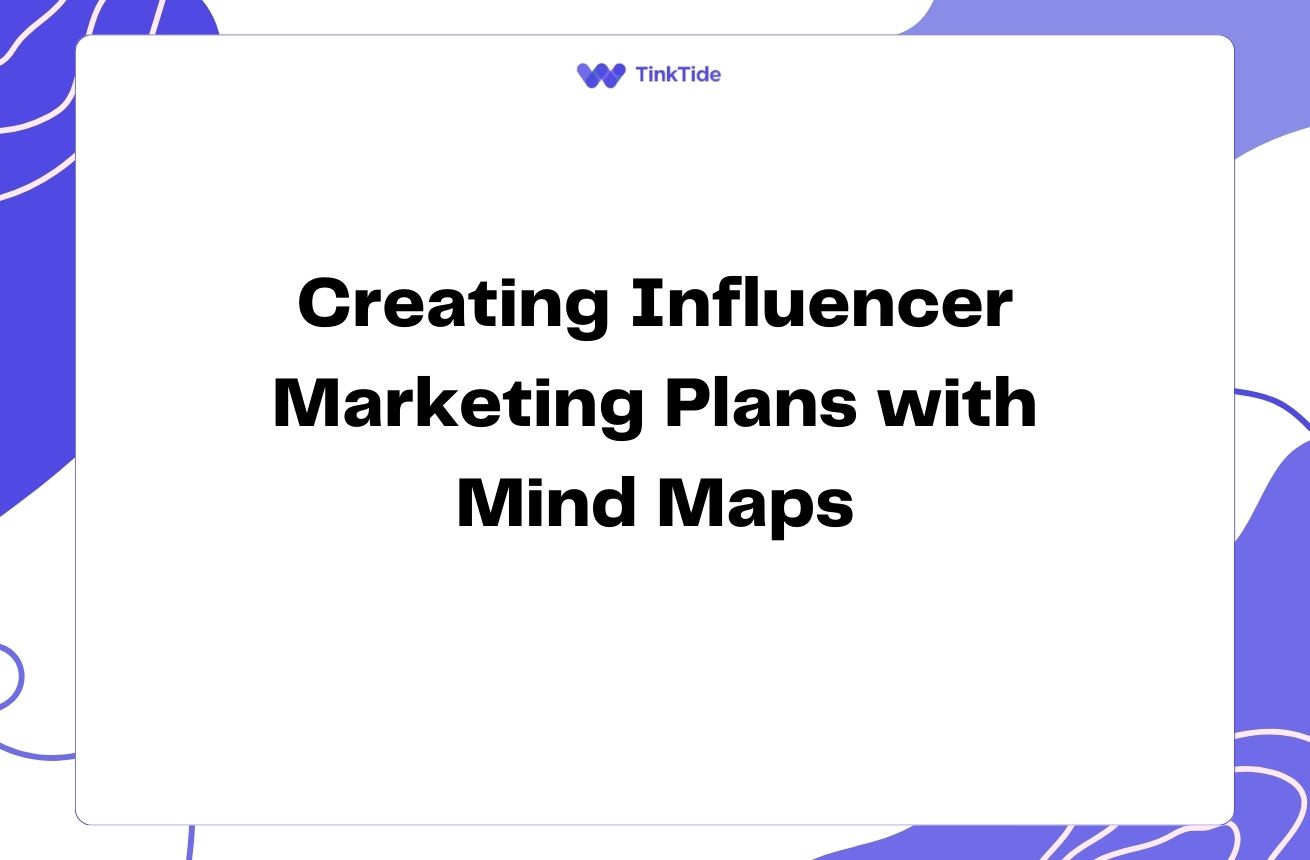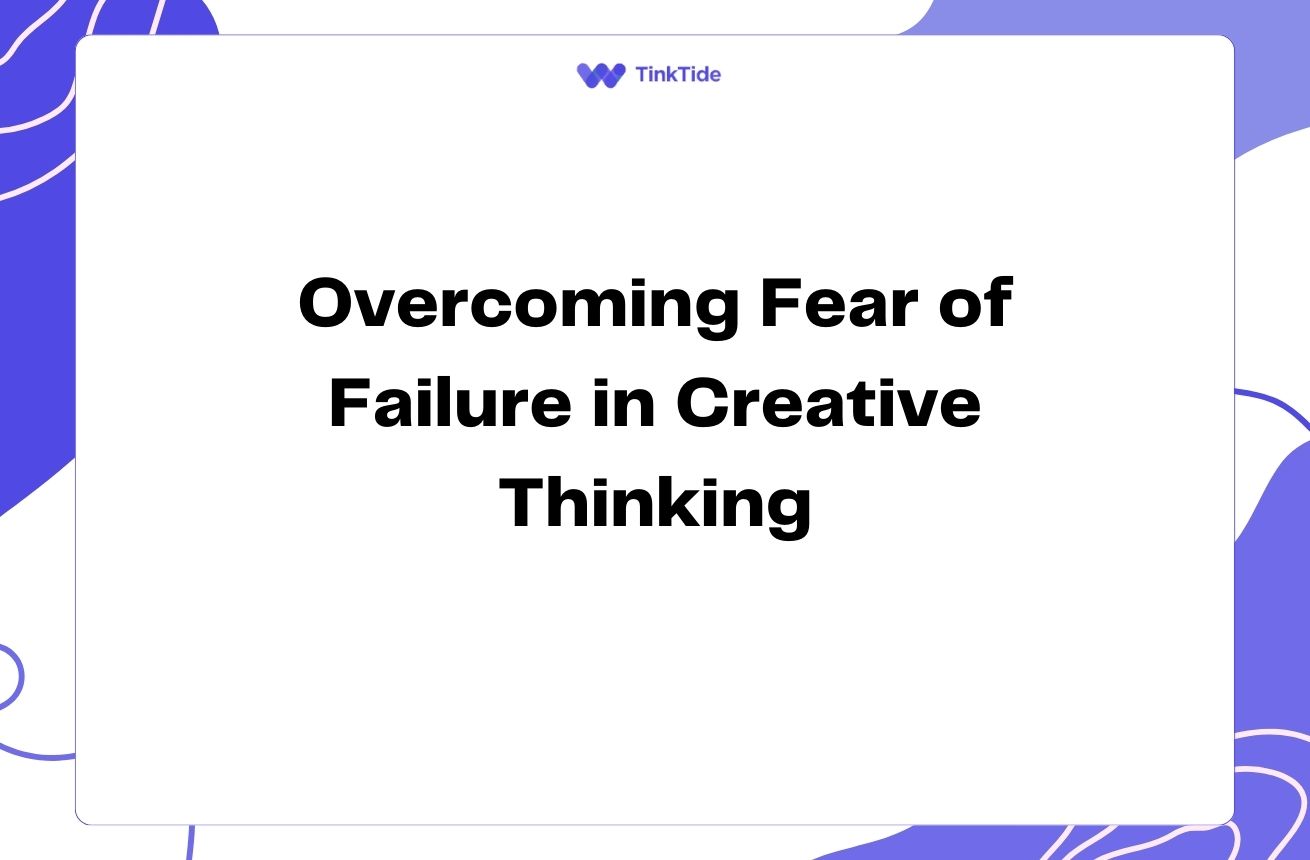The Future of User Personas: Trends and Innovations
The Evolution of User Personas
User personas have been a cornerstone of UX design for decades, helping teams understand and empathize with their target audience. As technology advances and user expectations evolve, so too must our approach to creating and utilizing personas.
Traditional static personas are giving way to more dynamic, data-driven representations of users. This shift is driven by the need for more accurate, real-time insights into user behavior and preferences.
The future of user personas lies in their ability to adapt and provide actionable insights in an increasingly complex digital landscape. Let's explore some of the key trends and innovations shaping this evolution.
AI-Powered Persona Generation
Artificial Intelligence is revolutionizing the way we create and update user personas. AI-powered tools can analyze vast amounts of user data to generate more accurate and nuanced personas automatically.
- Machine learning algorithms can identify patterns in user behavior and preferences
- Natural Language Processing (NLP) can analyze user feedback and social media interactions
- AI can continuously update personas based on real-time data, ensuring they remain relevant
Dynamic and Adaptive Personas
Static personas are becoming a thing of the past. The future lies in dynamic personas that evolve based on changing user behaviors and market conditions.
These adaptive personas can reflect seasonal trends, respond to major events, and adjust to shifts in user preferences. This flexibility allows design teams to make more informed decisions and create more relevant experiences.
For example, an e-commerce platform might use dynamic personas to adjust its user interface and product recommendations based on current shopping trends and individual user behavior.
Tools like Personyze are leading the way in creating these adaptive persona systems, offering real-time personalization based on user interactions.
Inclusive and Diverse Personas
As awareness of diversity and inclusion grows, future user personas will need to reflect a broader range of experiences and backgrounds. This shift towards more inclusive personas helps create products and services that cater to a diverse user base.
Designers and researchers are now focusing on creating personas that represent underrepresented groups, considering factors such as accessibility needs, cultural differences, and non-binary gender identities.
The Microsoft Inclusive Design Toolkit is an excellent resource for creating more diverse and representative personas.
By embracing inclusive personas, companies can tap into new markets and create more universally appealing products.
Data-Driven Persona Creation
The future of user personas is deeply rooted in data. Advanced analytics and big data technologies are enabling the creation of more accurate and detailed personas based on real user behavior rather than assumptions.
These data-driven personas can incorporate information from various sources, including website analytics, customer relationship management (CRM) systems, social media, and IoT devices.
Tools like Xtensio and HubSpot's Make My Persona are already leveraging data to create more accurate and actionable personas.
By basing personas on actual data, companies can make more informed decisions and create products that truly meet user needs.
Personalization at Scale
As personalization becomes increasingly important in user experience, future personas will need to support more granular, individual-level customization.
This trend towards hyper-personalization means moving beyond broad persona categories to create experiences tailored to each user's unique preferences and behaviors.
Advanced machine learning algorithms and real-time data processing will enable this level of personalization, allowing companies to create truly unique experiences for each user.
Platforms like Optimizely are pioneering this approach, offering personalization at scale through advanced experimentation and AI-driven insights.
Implementing Future-Focused Personas
To stay ahead of the curve, here are some steps you can take to implement these future-focused persona strategies:
- Invest in AI and machine learning tools for data analysis and persona generation
- Implement systems for continuous data collection and persona updating
- Prioritize diversity and inclusion in your persona creation process
- Integrate real-time data sources to create more dynamic and adaptive personas
- Explore tools that support personalization at scale
Ethical Considerations
As we embrace these new technologies and approaches, it's crucial to consider the ethical implications of more data-driven and AI-powered personas.
Privacy concerns, data security, and the potential for bias in AI algorithms must be carefully addressed. Transparency in how personas are created and used will be key to maintaining user trust.
The IDEO AI Ethics Cards provide a useful framework for considering these ethical questions in the context of AI and design.
By proactively addressing these ethical considerations, we can ensure that the future of user personas is not only innovative but also responsible and user-centric.
Common Questions About Future User Personas
As we look towards the future of user personas, several questions often arise. Here are some of the most common:
Will AI completely replace human-created personas?
While AI will play a significant role in persona creation, human insight and creativity will remain crucial. AI-generated personas will likely complement rather than replace human-created ones, providing data-driven insights that humans can interpret and apply.
How can small businesses implement these advanced persona techniques?
Small businesses can start by leveraging free or low-cost tools that offer data-driven persona creation. Platforms like Google Analytics and social media insights can provide valuable data. As the business grows, more advanced tools can be gradually incorporated.
What skills will UX designers need to work with future personas?
UX designers will need to develop skills in data analysis, AI and machine learning basics, and ethical considerations in technology. Familiarity with advanced personalization techniques and adaptive design principles will also be valuable.
How will privacy regulations impact the future of user personas?
Privacy regulations like GDPR and CCPA will shape how data is collected and used for personas. Future persona creation will need to prioritize user consent, data anonymization, and transparency in how personal information is used.
Can dynamic personas work for all types of products and services?
While dynamic personas can benefit most industries, their implementation may vary. Products or services with frequent user interactions and data collection points will likely see the most benefit. However, even less data-rich industries can use periodic updates to keep personas relevant.
How do we balance personalization with creating a cohesive brand experience?
The key is to identify core brand elements that remain consistent while allowing for personalized variations. Use personas to inform which aspects of the experience can be personalized without compromising brand identity. Regular user testing can help strike the right balance.
Additional Resources
The Future of AI in UX Research
An in-depth look at how AI is shaping UX research, including persona creation.
Inclusive Design Principles
A set of principles for creating more inclusive designs and personas.
Data-Driven Personas: Types, Advantages, and Cautions
An exploration of data-driven persona creation techniques.
The Ethics of AI in UX Design
A discussion of ethical considerations when using AI in UX design processes.
Personalization at Scale
McKinsey's insights on implementing personalization at scale.
Embracing the Future of User Personas
The future of user personas is dynamic, data-driven, and deeply personalized. By embracing AI-powered generation, adaptive systems, inclusive design, and ethical considerations, we can create more accurate and effective personas.
These innovations will enable us to design products and services that truly resonate with users, adapting to their changing needs and preferences in real-time.
As you move forward, consider how you can incorporate these trends into your UX design process. Start small, experiment with new tools and techniques, and always keep the end-user at the center of your design decisions.
Stay Ahead with Advanced UX Design Tools
Discover how our platform can help you implement future-focused user personas and elevate your UX design process.
Start Your Free Trial

